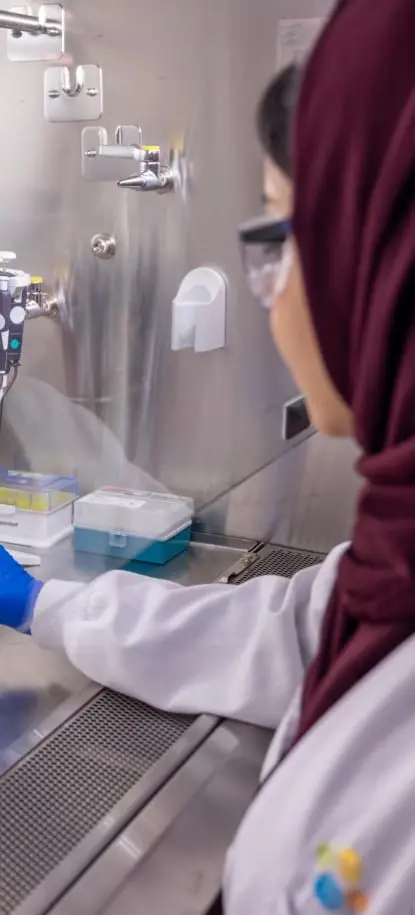




Quick Links:





KAUST's Biosafety Program has been developed to protect the research community, the general public and the environment from exposure to hazardous biological agents or materials (biohazards), to promote good microbiological work practices and to assist with compliance with applicable regulations, standards, guidelines and international best practices pertaining to biological research.
Due to the special safety concerns related to the use of biological agents/materials, bloodborne pathogens, recombinant/synthetic nucleic acid molecules and other emerging biotechnologies in research, the KAUST Biosafety Manual has been developed as a general guide for the safe conduct of work involving these materials at KAUST.
Conducting risk assessment of an experimental protocol using biohazardous materials is the responsibility of Principal Investigators. HSE may assist with the process when Biological Risk Assessment tool is completed by the laboratory.
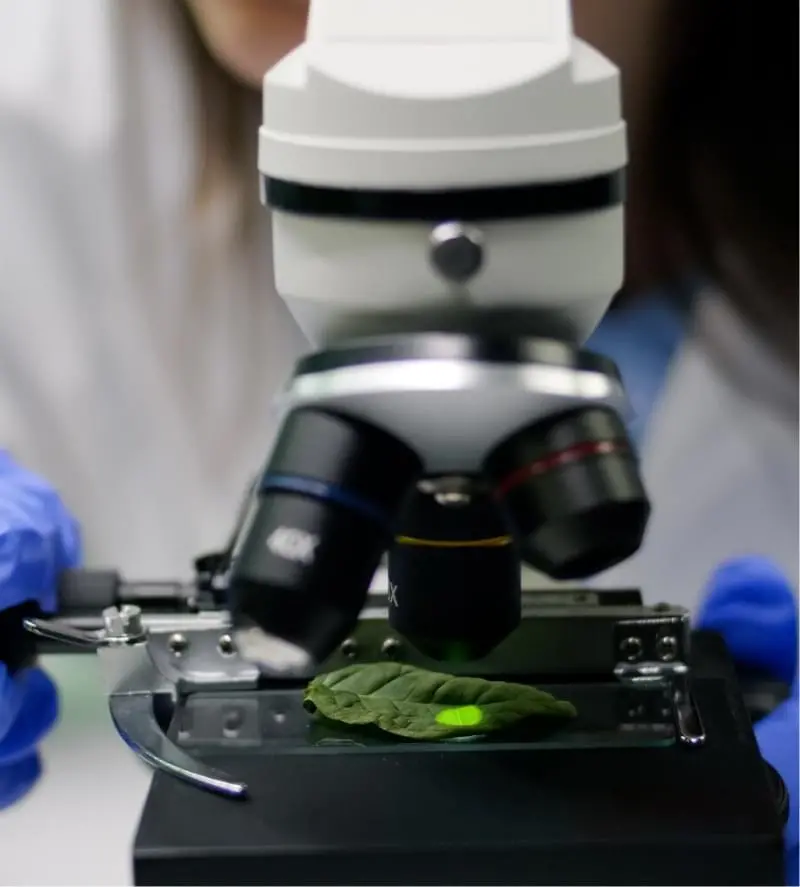
Institutional Biosafety and Bioethics Committee (IBEC) reviews projects involving Risk Group 2 pathogens, biological toxins, human subjects and human-derived materials, plants, potentially infectious environmental samples, recombinant/synthetic nucleic acid (r/sNA) molecules and other emerging biotechnologies in research.
Institutional Animal Care and Use Committee (IACUC) includes safety review for projects involving use of vertebrates and cephalopods in research.
All labs working with biological materials are required to complete a biological registration with HSE
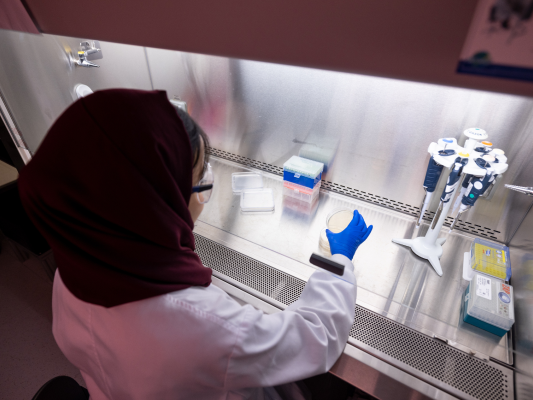
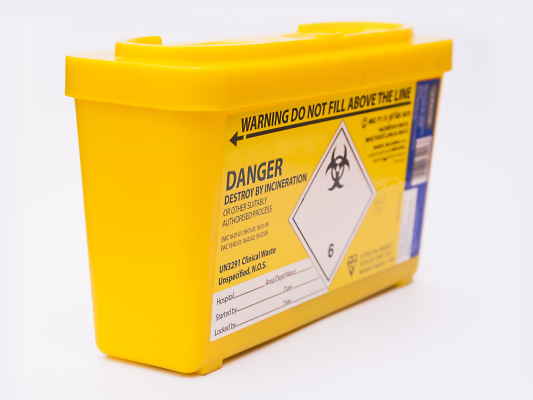
Depending on the use, sharps can be contaminated with biological or chemical agents which has the potential to cause harm if it punctures the skin.

Due to the steam and pressure that are created during operation, precautions should be taken to prevent burns or other accidents
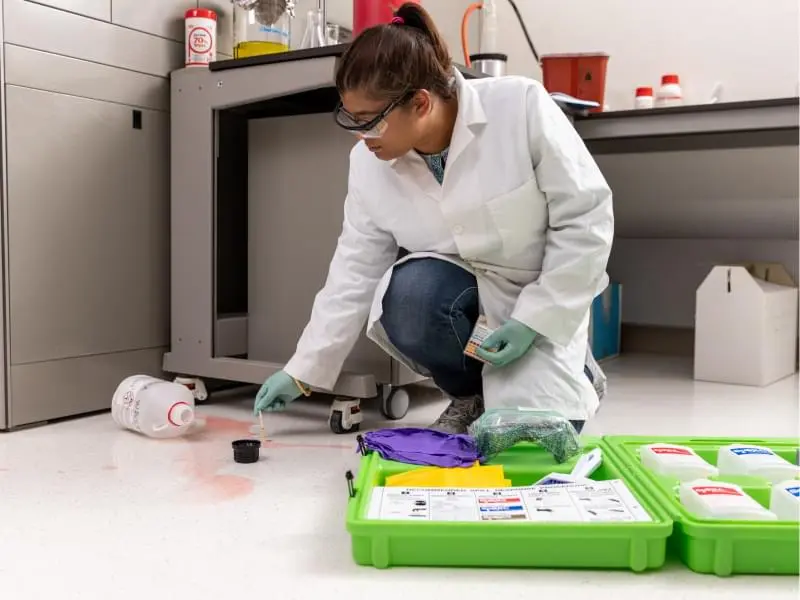
Laboratory Safety, Hazardous Waste, Emergency Incident Preparedness Training and more.
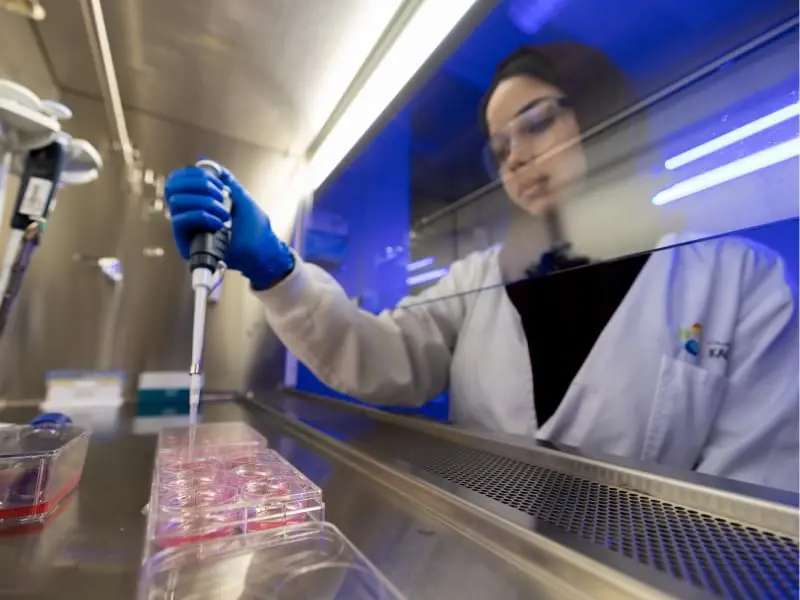
Biosafety Training is the main full-length course. For those working on low-risk bioscience research projects (e.g. processing commercial animal products, extracting DNA/RNA from marine samples), a simplified Basic Biosafety Level 1 Training course will fulfill the HSE Biosafety Training requirement. Please contact KAUST Biosafety Specialist to get enrolled in the Basic Biosafety Level 1 Training course.
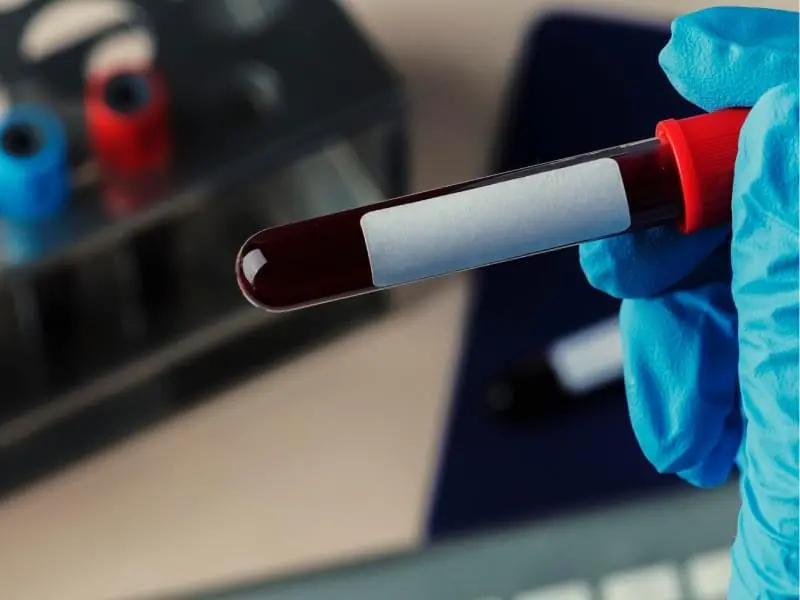
Bloodborne Pathogens Safety Training applies only if working with human tissues, cell lines, or other potentially infectious materials as defined by bloodborne pathogens regulations. Bloodborne pathogens training must be completed annually, Bloodborne Pathogens Refresher course is available.

Implementation of safety best practices inside a lab is monitored through tiered assessments, including Tier 3 Biosafety Assessment.

AEME form is available on the Salute platform. To enroll when listed on IACUC protocol, contact Research Compliance.To enroll when working with primary animal tissues, contact HSE.
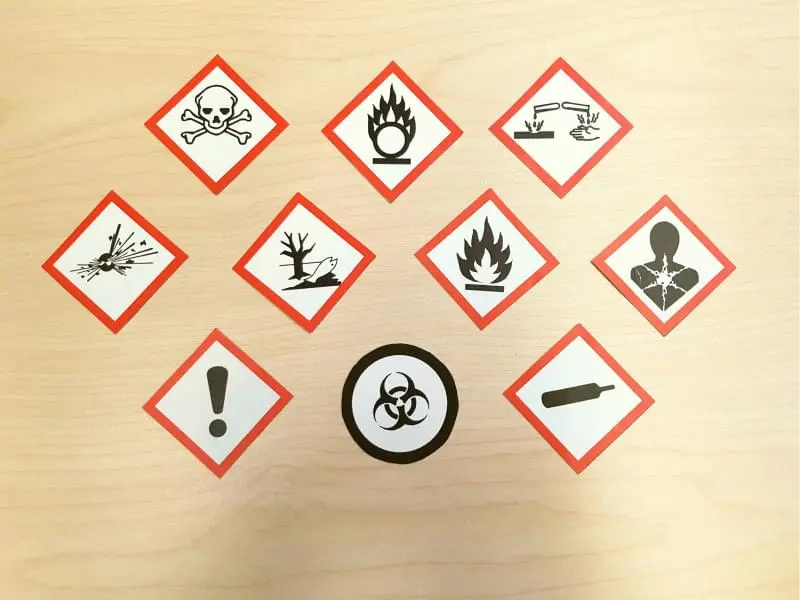
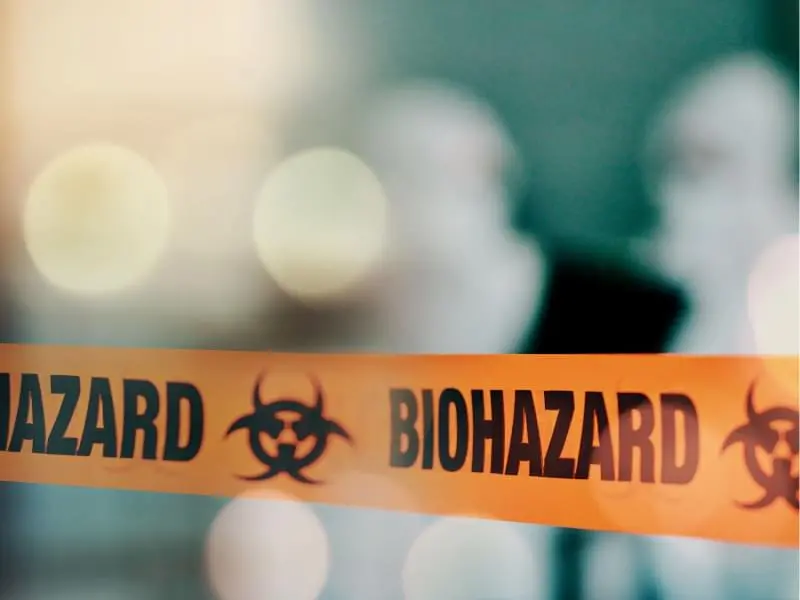
All laboratories handling biohazards must establish written emergency procedures based on the biohazards used. Procedures for biohazard spills and exposures are outlined in Chapter 7 of the KAUST Biosafety Manual and need to be included in the Lab Safety Plan.
